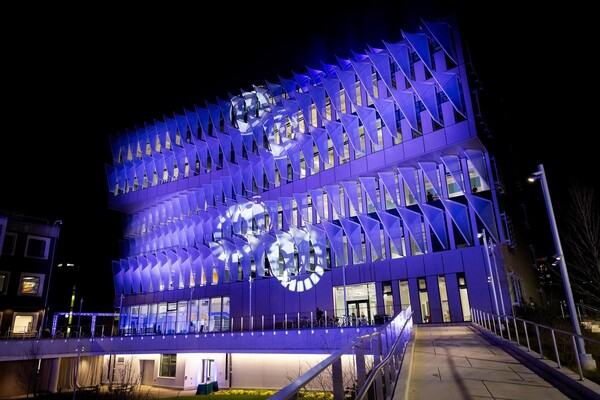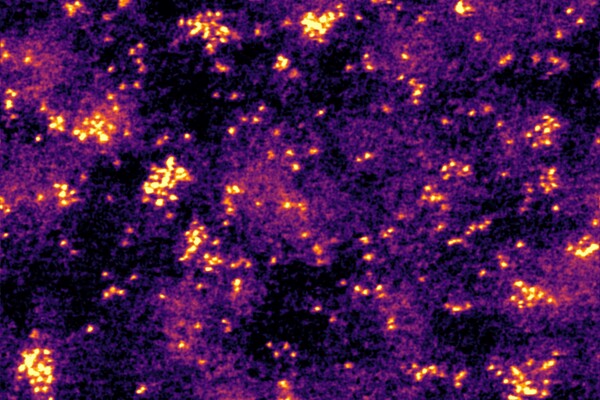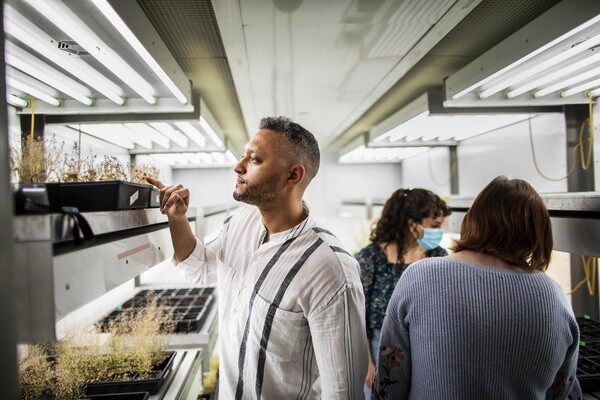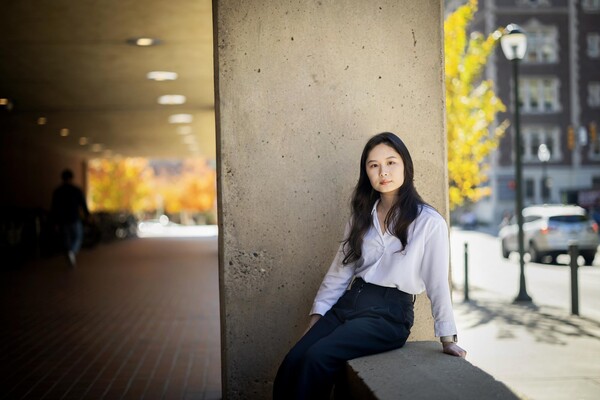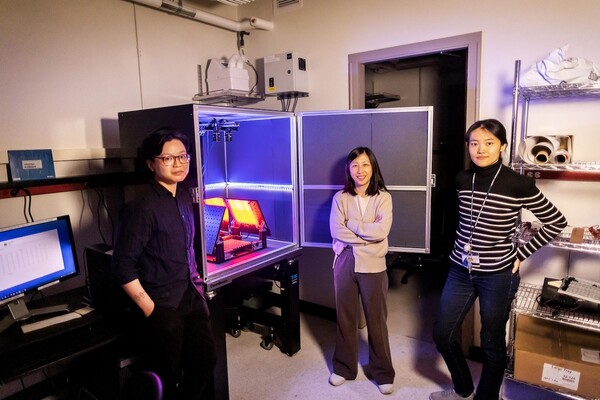
Drosophila melanogaster, the fruit fly, has long been a model species for biologists seeking to understand the molecular mechanisms of animal function and how novelty may arise in organisms. Theoretical physicist Andrea Liu of the School of Arts & Sciences is conducting research on the insect, along with biology and experimental biophysics collaborators at Duke University. Their research has opened the door to an approach that could offer not only a new understanding of how biological function emerges but also suggest a new class of systems in condensed matter physics.
(Image: iStock / nechaev-kon)


